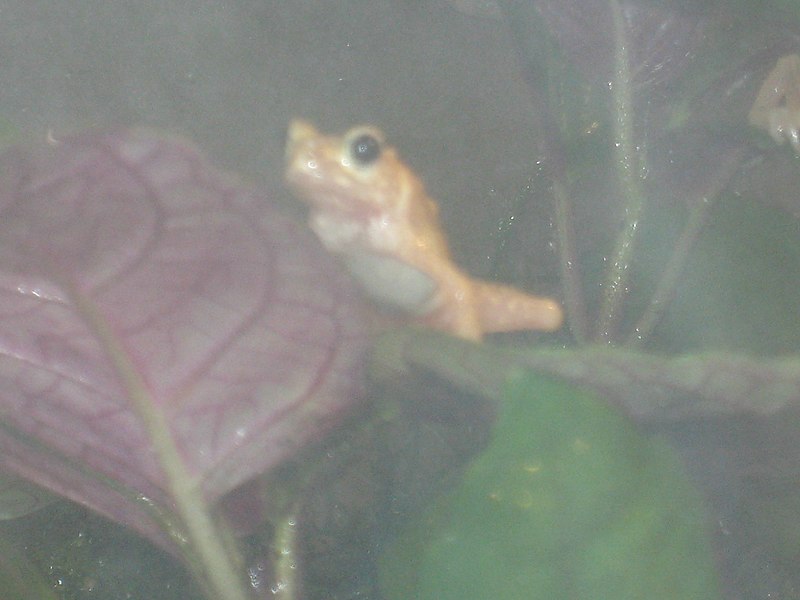 Please see Part 1 of this article for a look at the unique hunting techniques employed by Fishing, Trap Door and other spiders.
Please see Part 1 of this article for a look at the unique hunting techniques employed by Fishing, Trap Door and other spiders.
Orb Webs
I’ve been avoiding “traditional spiders”, but wanted to include an observation I made over 20 years ago in Costa Rica. I was tossing katydids into the huge orb webs that were abundant near my research station. The web-owners (Nephila spp.) wrapped the insects in silk and then administered a bite. Then I offered lubber grasshoppers – the same size and shape as the katydids, but equipped with immensely powerful rear legs. On several trials, the spiders first pulled off the grasshoppers’ rear legs, then wrapped and bit the insects. I imagine they were attempting to limit damage to the web. Read More »
 That Reptile Blog – Reptile, Amphibian and Exotic Pet Care and Information
That Reptile Blog – Reptile, Amphibian and Exotic Pet Care and Information




